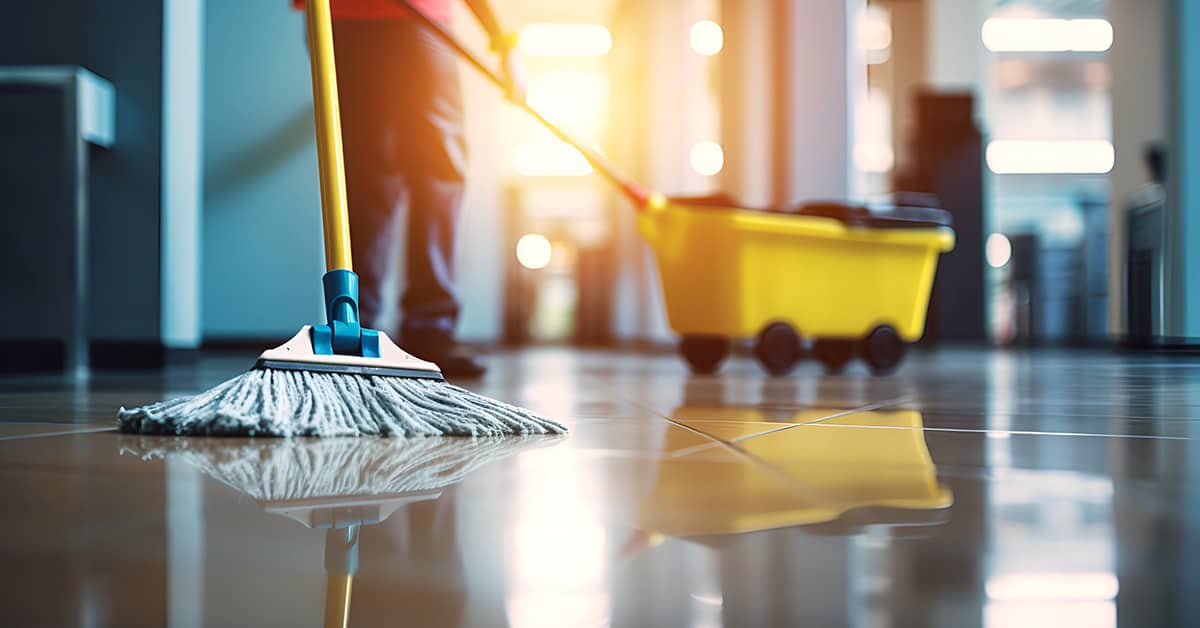
Wet surfaces present hazards to everyone—including you, the staff and customers. Surfaces get slippery from mopping floors, wet weather conditions, spills and various activities that require the use of water (e.g., dishwashing). Slipping on a wet surface can cause bruises, strains, sprains, cuts, fractures and even head injuries. That’s why it’s important to take steps to deter such risks. Here’s what you can do to prevent wet surface hazards on the job.
Be Aware of Hazards
Each part of the restaurant is different, so the way you adapt to wet surfaces is on a case-by-case basis. However, following these general guidelines is a good start:
- Clean up spills immediately, even if it’s not part of your typical job responsibilities.
- Use caution signs to clearly identify when a surface is wet or likely to become wet and remove the signs as soon as the surface is dry.
- Barricade affected areas, if necessary.
- Use floor mats at entrances and exits to keep surfaces as dry as possible and prevent slipping.
- Ensure good drainage to prevent standing water and speed drying.
- Wear shoes with slip-resistant soles and keep them clean.
- Report any spills or wet areas that you notice and can’t clean up yourself to the manager on duty.
Anti-slip Tips
In addition to minimizing wet surface hazards, be sure to follow these anti-slip measures:
- Slow down. Your safety is more important than your speed.
- Take small steps to keep your balance centered.
- Walk with your feet pointed slightly outward to form a stable base.
- Make wide turns at corners.
- Use handrails if present.
- Focus on the surface you are walking on.
- Keep your hands out for balance.
Cooperate and Stay Alert
Your safety is our top priority. If you have any doubts about your safety or that of customers’, whether it concerns a wet surface or another hazard, report it. It takes the co-operation of the entire staff to keep an establishment safe.
